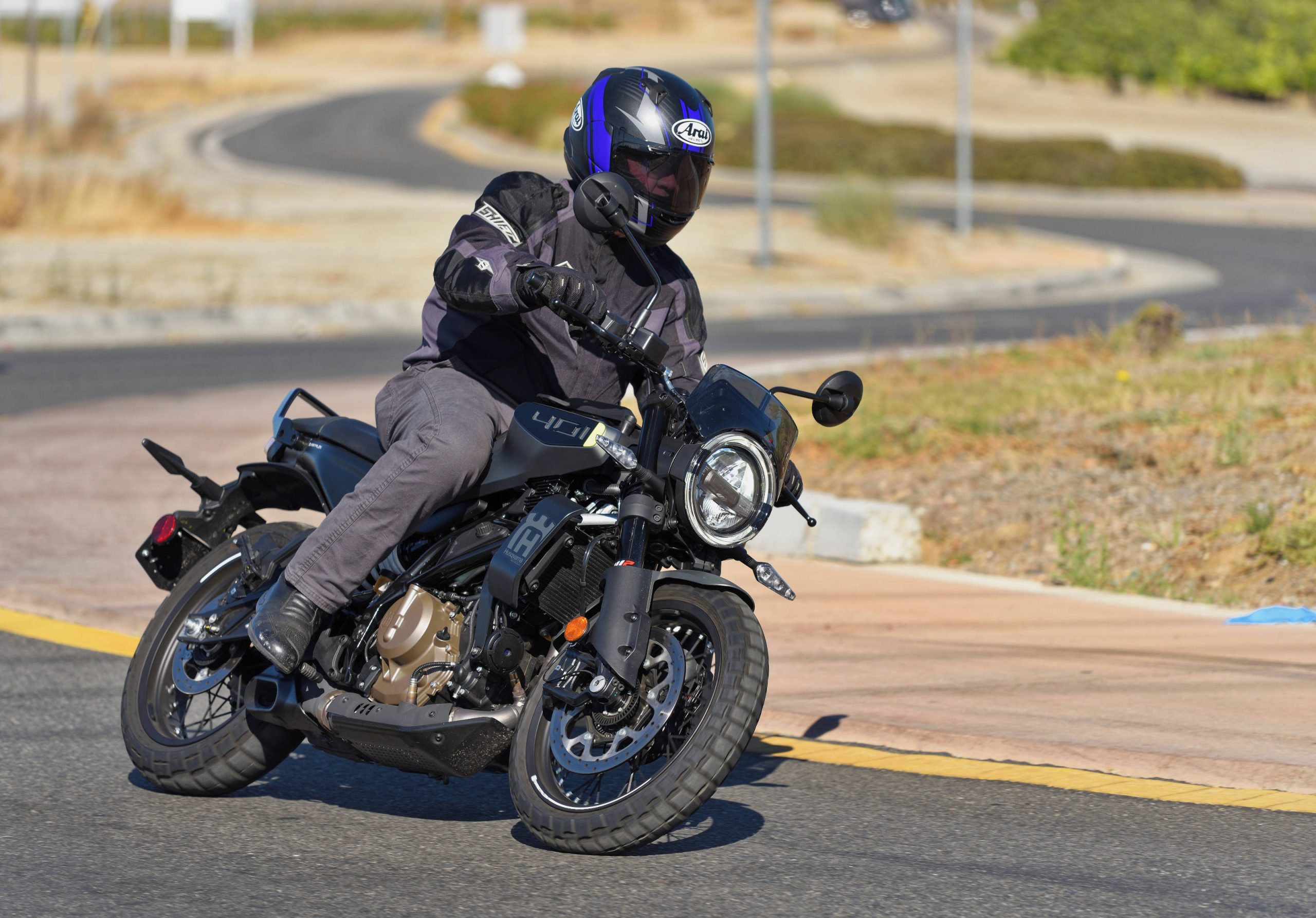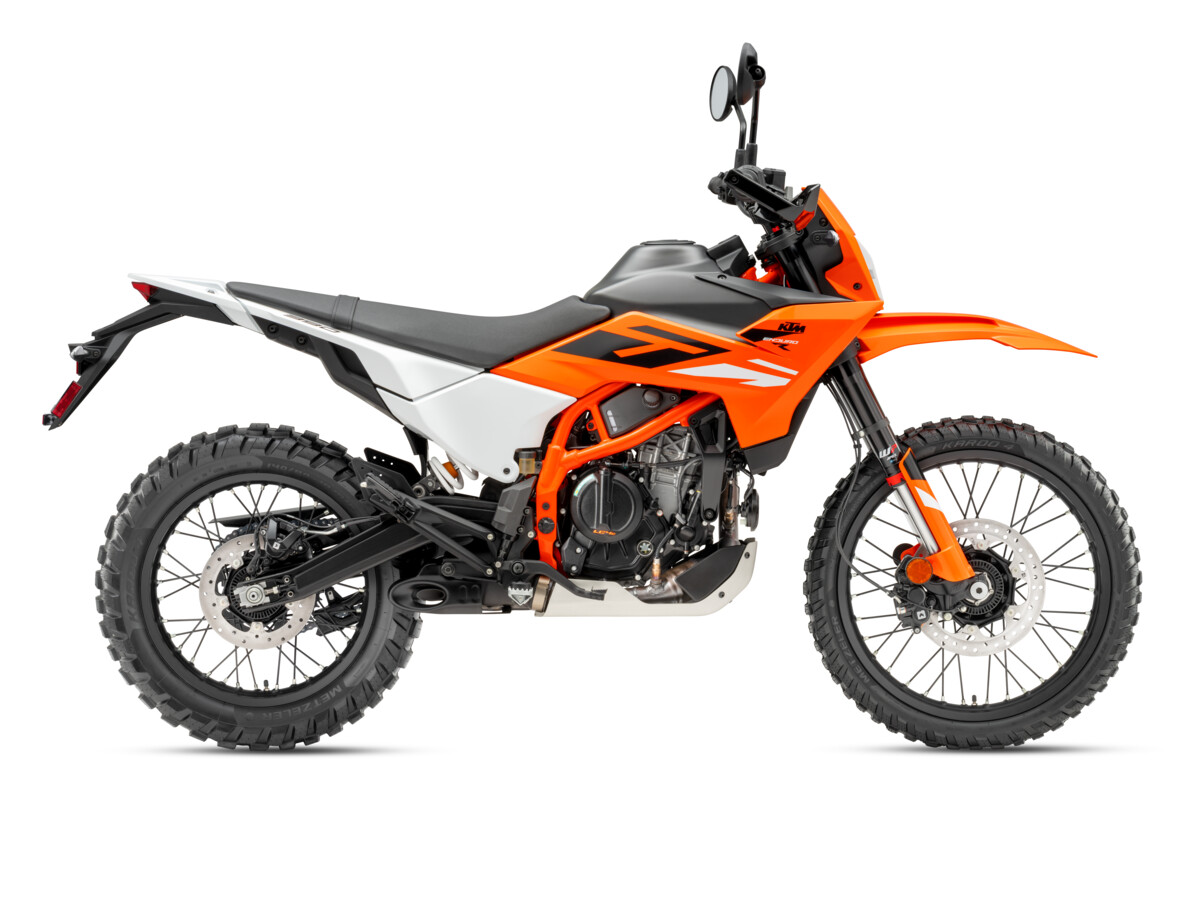
The marketing of Honda’s 2003 CBR600RR centers around similarities between this new supersport machine and Honda’s World championship RC211V GP race machine piloted by Valentino Rossi. To be sure, the new street-legal 600 is no V-5 GP machine, but there is at least one remarkable technological innovation that will transfer from Rossi’s machine to the production 600.
In attempting to research this article, I could not find decent photos of the new rear suspension system on the CBR600RR (and lacked the patience to wait for them from Honda). Honda will undoubtedly provide beautiful images when the bike is formally introduced next year to the press here in the United States. In the meantime, we will use the photos and illustrations we have to bring across this innovative suspension design.
“Innovative” is Honda’s description, and we are sure that we are missing some similar design in the history of motorcycling (perhaps), but the design is intriguing enough, and appears to offer enough practical benefits to warrant this article.
Essentially, as you may be aware, most rear suspension systems contain a mount for the upper end of the shock body that integrates with the frame or sub-frame of the motorcycle. In developing Valentino Rossi’s race bike, Honda applied a suspension method that eliminates the connection between the top of the shock body and the motorcycle frame. Essentially, with the exception of the lower suspension linkage, the rear suspension system on the MotoGP machine, as well as the 2003 CBR600RR, is self-contained within the swingarm.
According to Honda, the system isolates the main part of the chassis, including the steering head, from jolts to the rear wheel. Here is a quote from some of Honda’s press material distributed in Europe.
Based entirely on the compact system supporting the rear swingarm of the dynamic, new RC211V, the CBR600RR’s unique Unit Pro-Link rear suspension system is entirely self-contained within the swingarm it supports, with no connection to the main frame, save for the lower arms providing an anchor for its newly configured Delta Link. This innovative new design totally isolates the frame and steering head from the shocks and stresses exerted on the rear wheel and suspension under spirited riding and racing extremes, and makes a significant contribution to the CBR600RR’s total mass centralisation, and by extension its sharper, more responsive handling.
The damper’s upper mount, previously attached to the frame’s upper rear crossbar, is now held in place by a bolted-on mounting bracket installed in the upper surface of the swingarm’s massive pivot section. The damper’s prominent remote gas reservoir is positioned within easy reach for quick adjustments of compression and rebound damping.

The illustrations (also from Europe) show the new design, and the photo shows the self-containment of the shock with the swingarm.
This may be the single most interesting feature of the new 600RR from Honda, and the similar system certainly seems to be working on Valentino Rossi’s machine — known for its ability to drive out of corners better than the competition. Essentially, Rossi can get on the throttle earlier than his competitors without losing traction or suffering other handling ills. It is possible that this new suspension set-up contributes significantly to Honda’s advantage in MotoGP, and may also contribute significantly to the 600RR’s supersport racing performance. Time will tell, but we expect to test the 600RR when it first becomes available here in the United States and report our findings.





